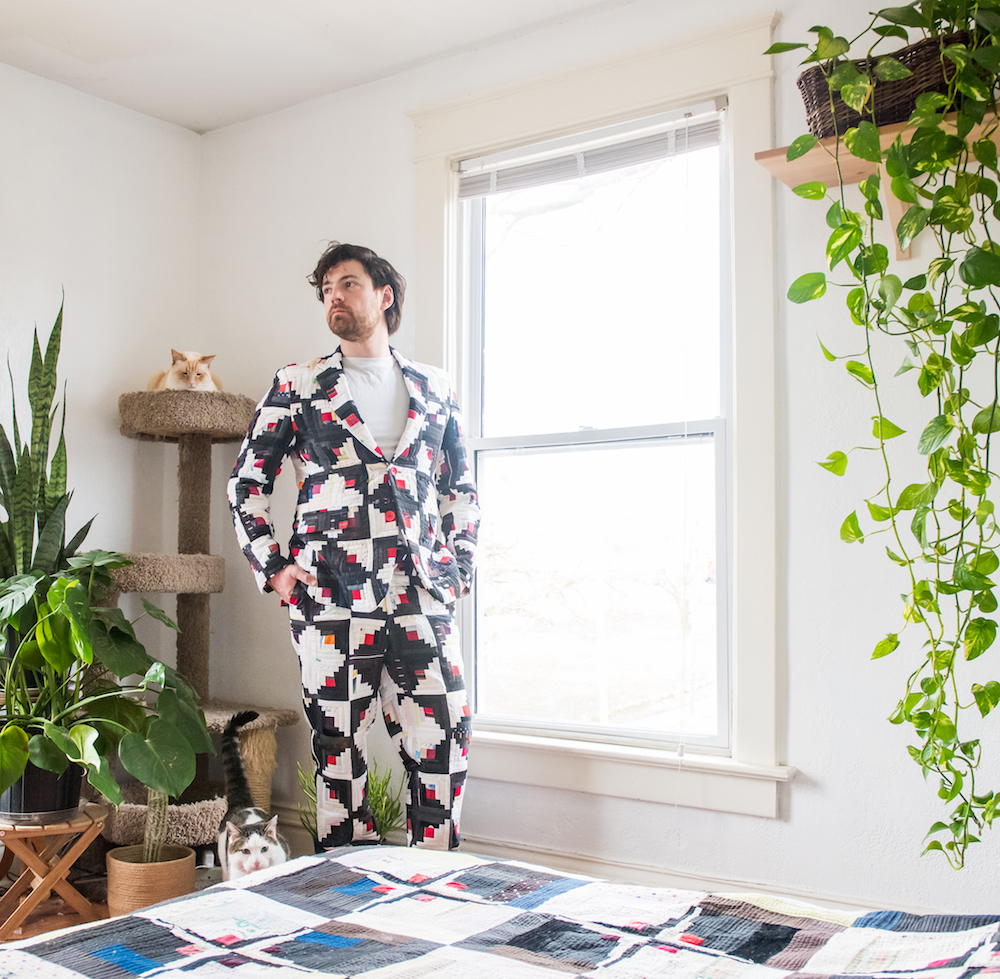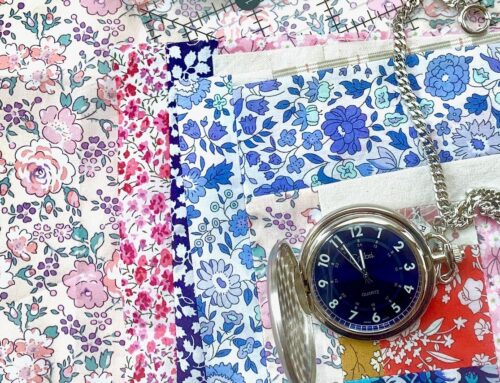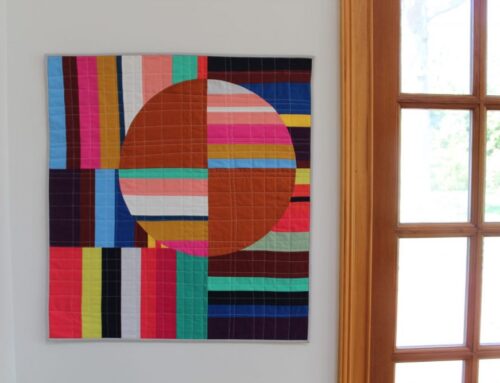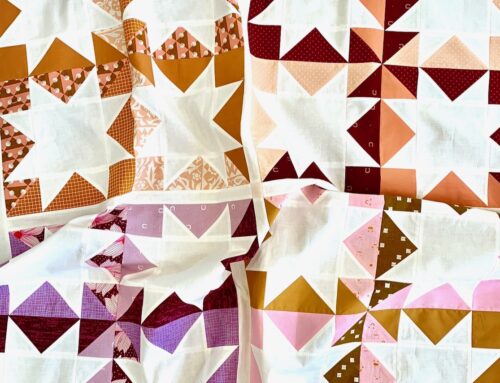Designer and artist, Luke Haynes, began working in quilts after an extensive background in art and architecture. Luke’s larger-than-life quilts often depict impeccably appliquéd human figures, and yes, often Luke himself, in iconic poses from recognizable works of art set on traditionally quilted backdrops. Most recently, Luke completed a series of 50 log cabin quilts (each 90×90 inches square) inspired by the work of minimalist artist Donald Judd. Each quilt shares the same materials (repurposed clothing and household fabric), size, and color palette of black-and-white with points of red. But, each quilt has its own unique graphic arrangement. To counter the fine art world’s prejudices against quilts, Luke calls his log cabin works “inhabitable sculpture.” He has travelled and photographed the quilts in various locations around the country to demonstrate the duality of their utilitarian and sculptural nature. Luke’s work has been shown in galleries and museums across the country. His log cabin collection is currently touring the world, and his hope is that it starts the conversation about quilts as sculptural objects and furthers their acceptance into the fine art world. Welcome, Luke!
How would you describe your quilting style/aesthetic?
Pop-art.
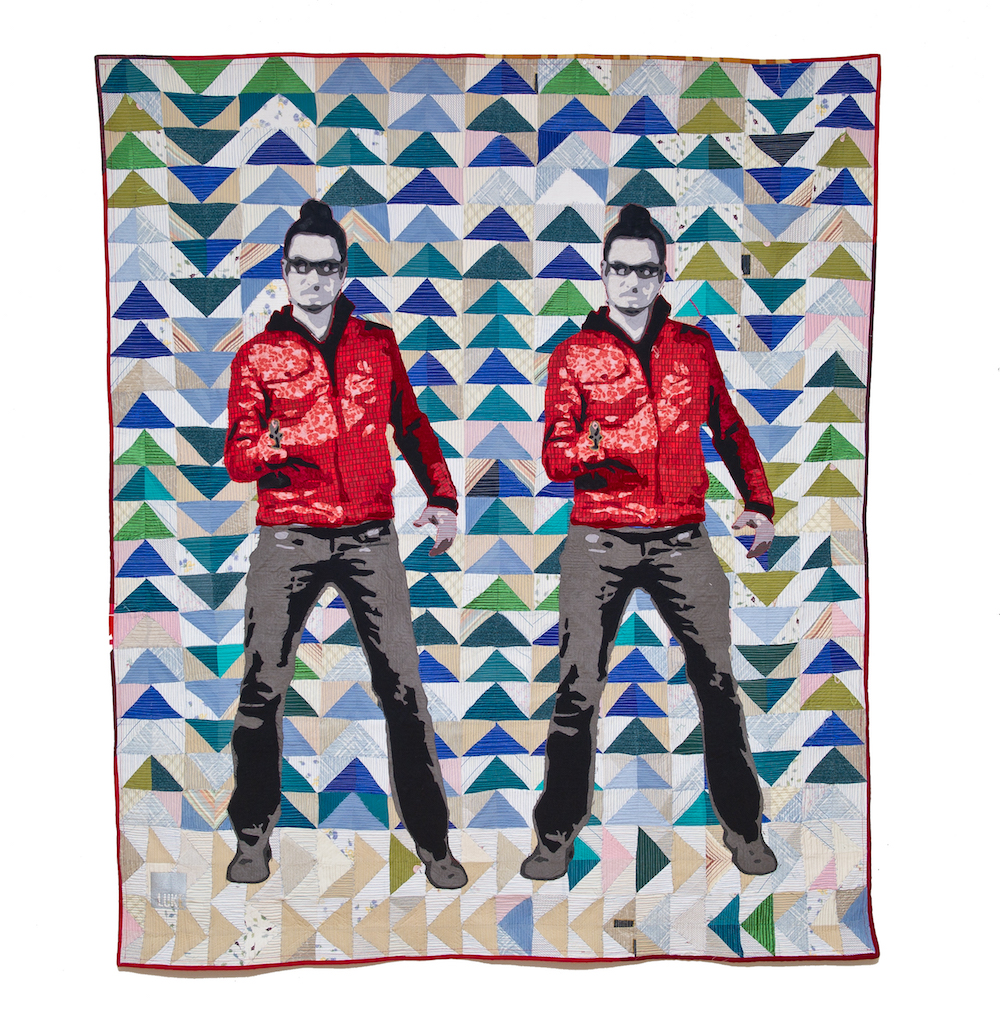
[The American Context #68] Double Elvis. Image courtesy of Luke Haynes.
How would you describe the creative environment in your home as a child?
I was pretty well left to myself. My parents were supportive of whatever I wanted to play with and provided me with the materials to explore as I saw fit.
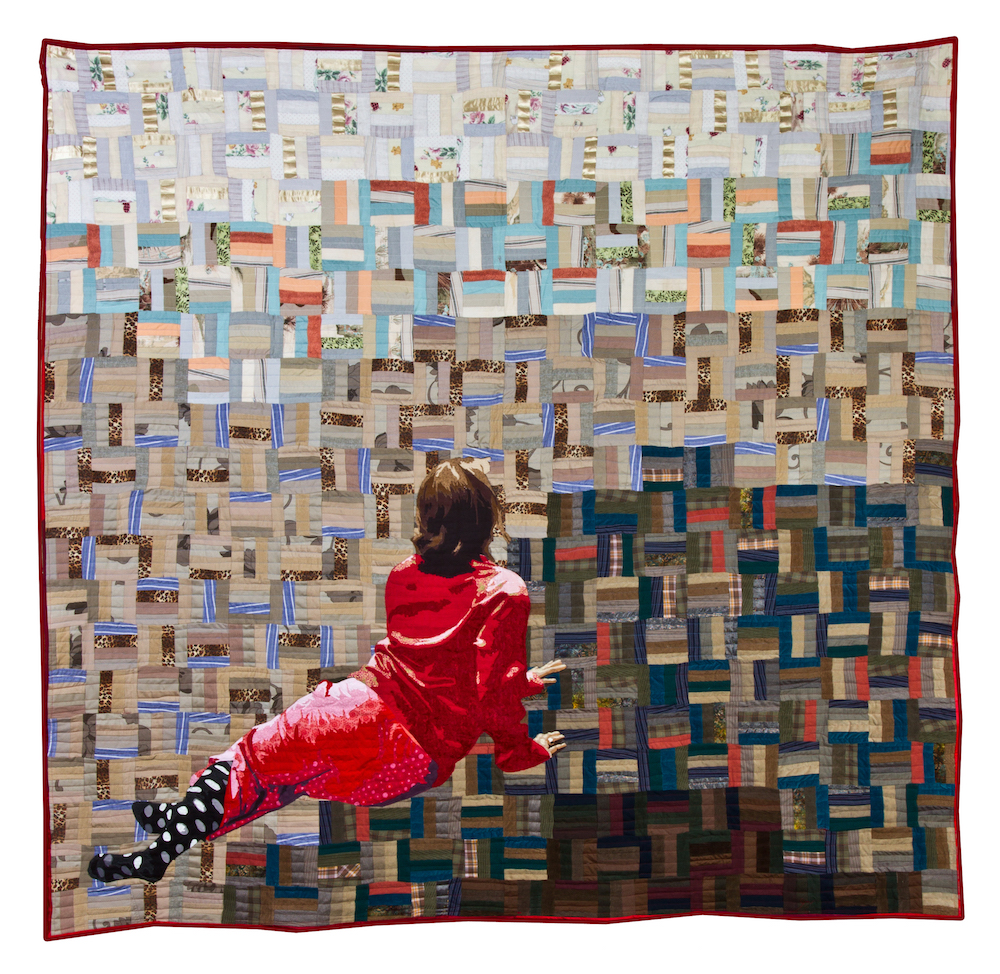
[The American Context #16] Christina’s World. Image courtesy of Luke Haynes.
What artists and makers do you most admire or have an influence on your work?
Oh man! there are SO MANY makers and designers that I owe my skills and aesthetics to:
Chuck Close
Kehinde Wiley
Tadao Ando
Egon Schiele
Piet Mondrian
Andy Warhol
Donald Judd
Richard Serra
Otto Kunzuli
and more, so many more.
Those are just the first that came to mind.
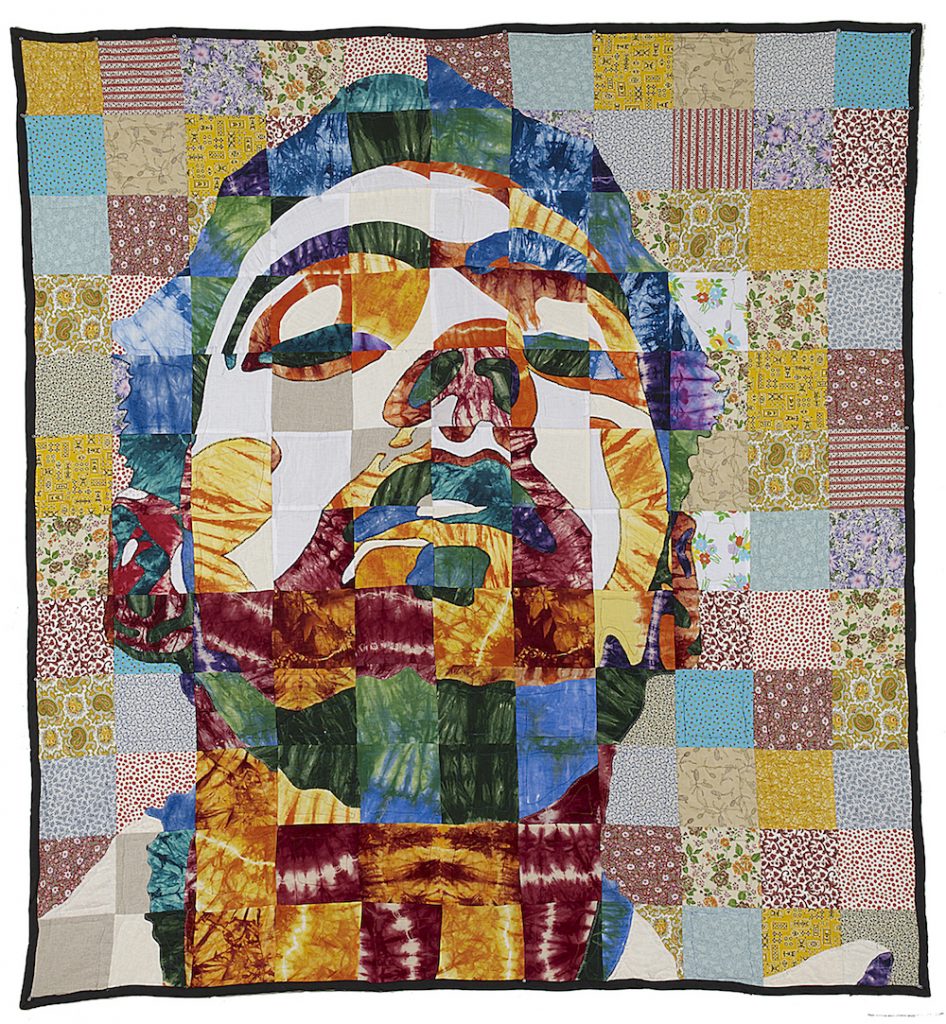
[On My Bed #1] Tradition. Image courtesy of Luke Haynes.
Do you consider yourself a “quilter”, an artist, or some combination of both?
I prefer the term “Designer” since it has implicit in its practice a dialog with the user/viewer, and I think that is paramount in making dynamic work.
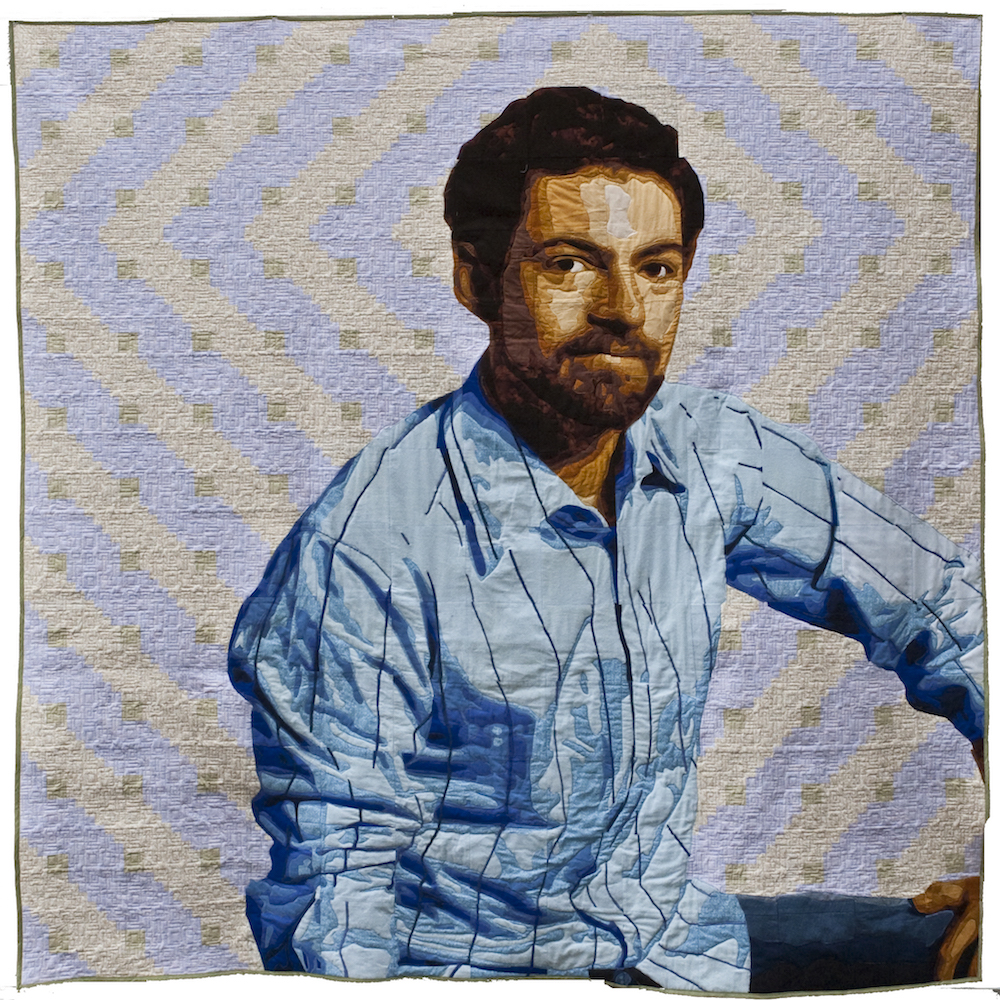
[On My Bed #3]. Image courtesy of Luke Haynes.
How would you define “making with intention”?
It is the singular responsibility of the maker to push their work forward. The way I understand that is to continue to learn and experiment, and then incorporate that experience and knowledge into my work. Making with intention is to say that the actions of the designer/artist are based on purpose and priorities, rather than arbitrary aesthetics derived from precedent work.
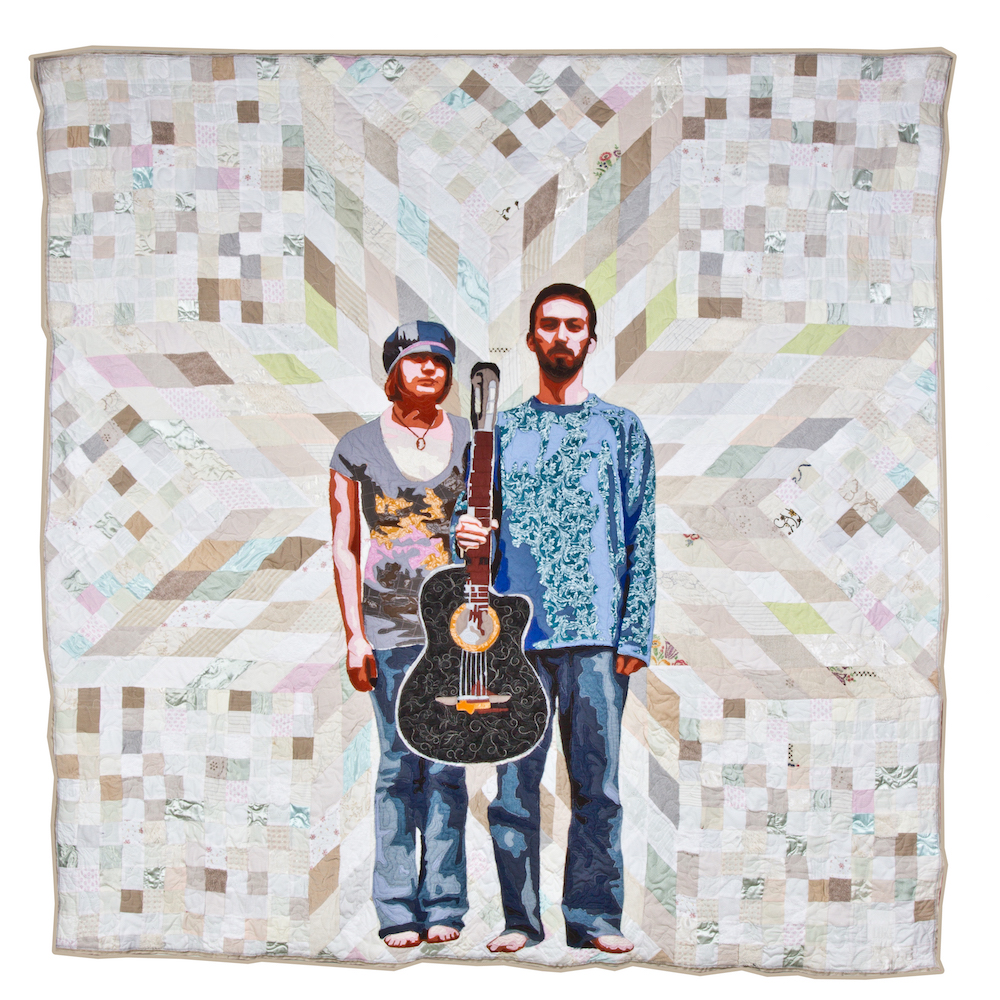
[The American Context #16] American Gothic. Image courtesy of Luke Haynes.
Do you think that having a craft makes us more compassionate? If so, then how?
I am not fully clear on the question. Owning a craft object? Having a media that incorporates something historically deemed “craft”?
I do think that the practice of anything that takes a skill gives a broader global understanding. If one works hard at any skill set, then, seeing others work on theirs gives an empathy. The further from yours, the harder to understand the full extent of the work it may take, but still seeing mastery in others while working on your own is often humbling.
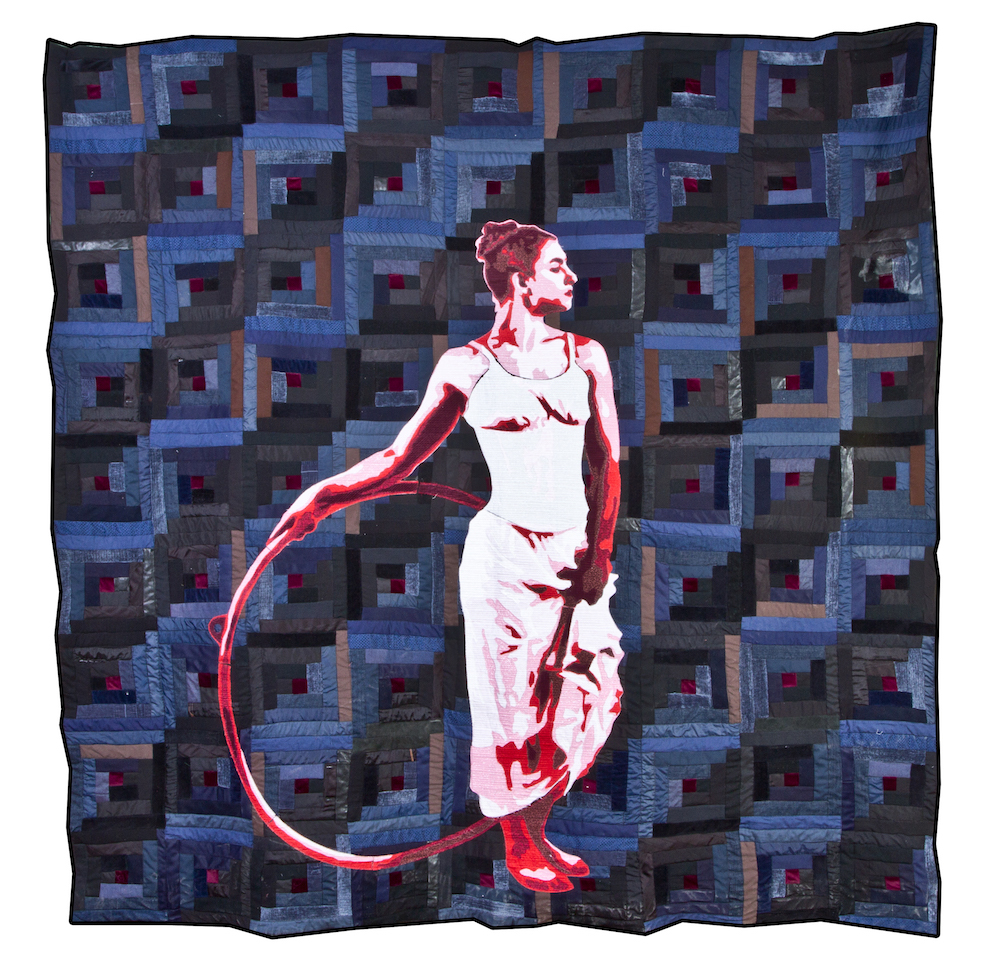
[The American Context #14] Madame X. Image courtesy of Luke Haynes.
How does creating feed your soul/spiritual purpose?
Creating seems to be speaking with a language outside the usual small cycle of words. I have been working on a dialog with quilts, and using quilts, for 15+ years, and I am still not done. Talking with a language bigger than my immediate sensory experience feels like it adds a greater purpose to my life.
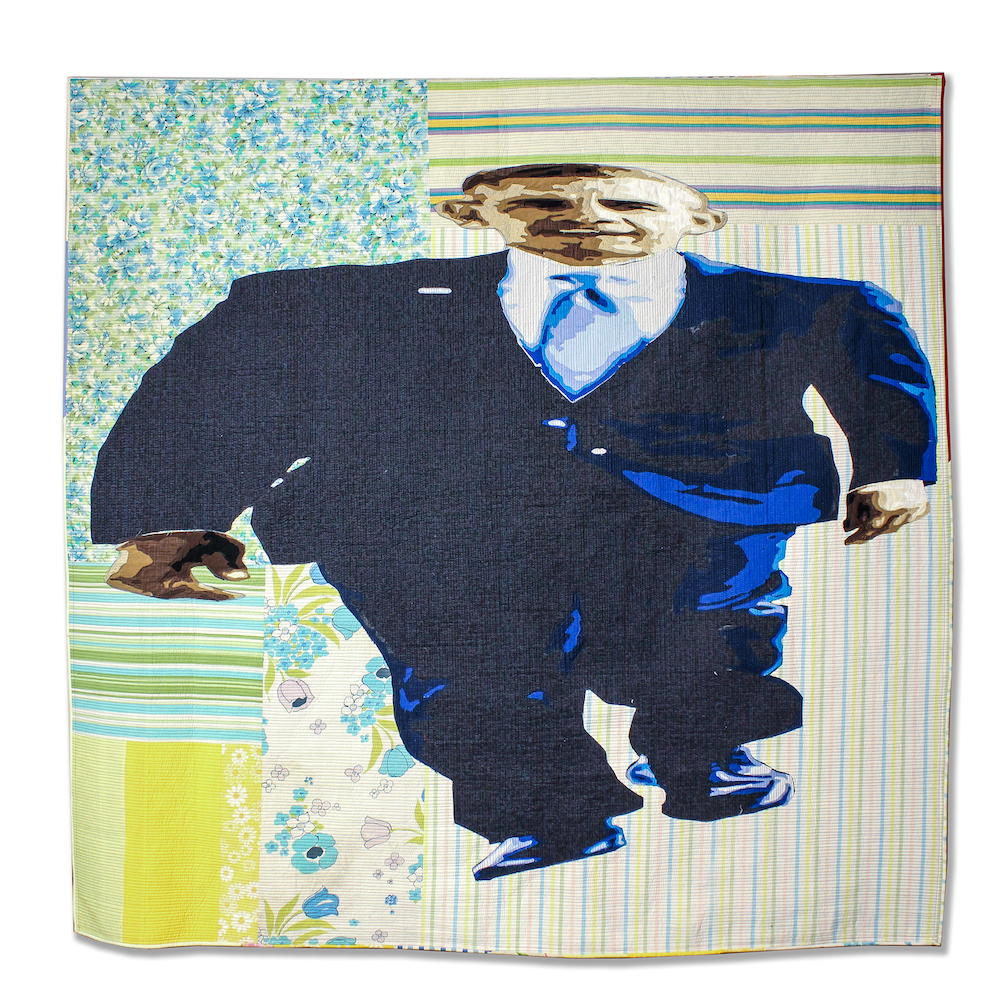
Luke’s quilted image of Barack Obama changes depending on where the viewer stands in relation to the quilt when viewing. Watch the video below to see! Image and video courtesy of Luke Haynes.
Are there any rituals that you perform to prepare/ground yourself in your work?
Constant making and thinking and learning.
I also have to clean my studio before starting a project. That helps get my mind in a place ready to open to what I will learn from the creating.
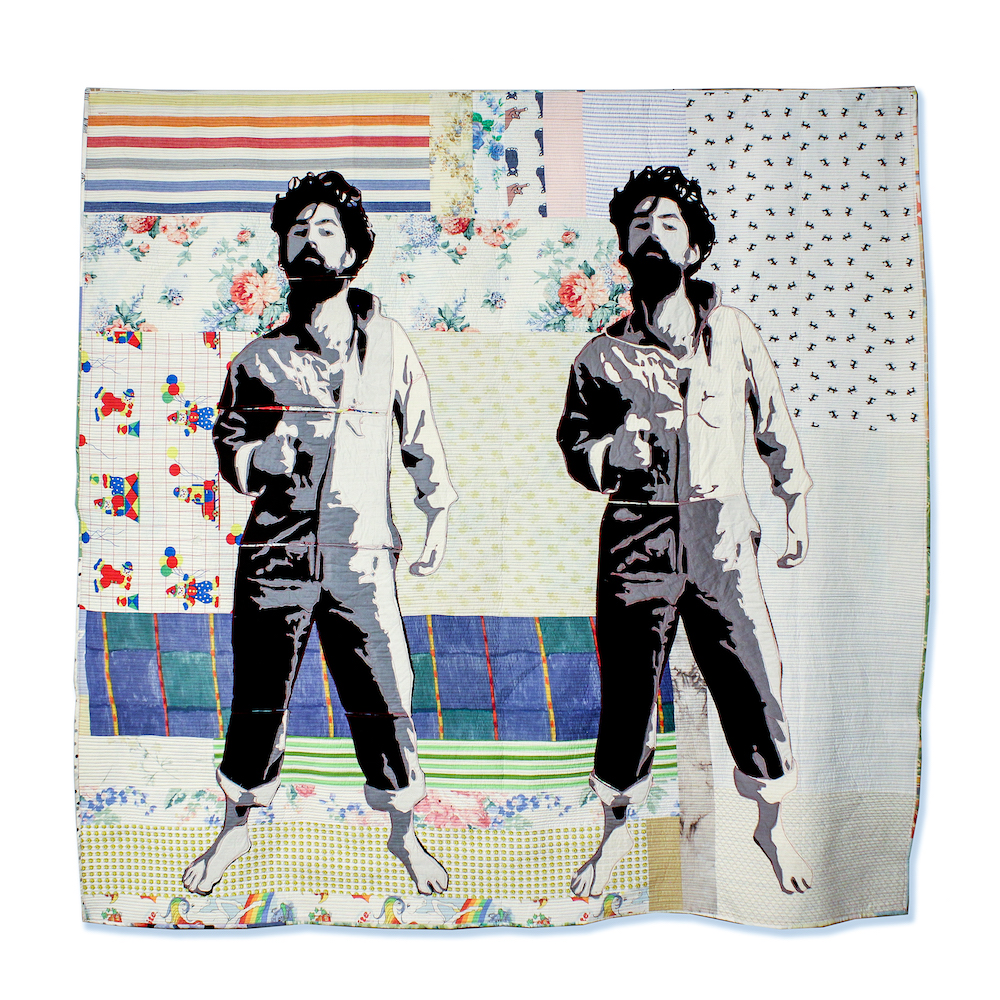
Image courtesy of Luke Haynes.
What is the support system you have in place for creating your work?
That is more difficult.
Living in Kansas City for a year has been just the beginning of creating a community. This is the 15th state that I have lived in so I have a LOT of people I know and far fewer that I can have a regular interaction with.
It ebbs and flows, actually a large problem.
I often find myself without the resources to understand what I have learned and can learn from a practice.
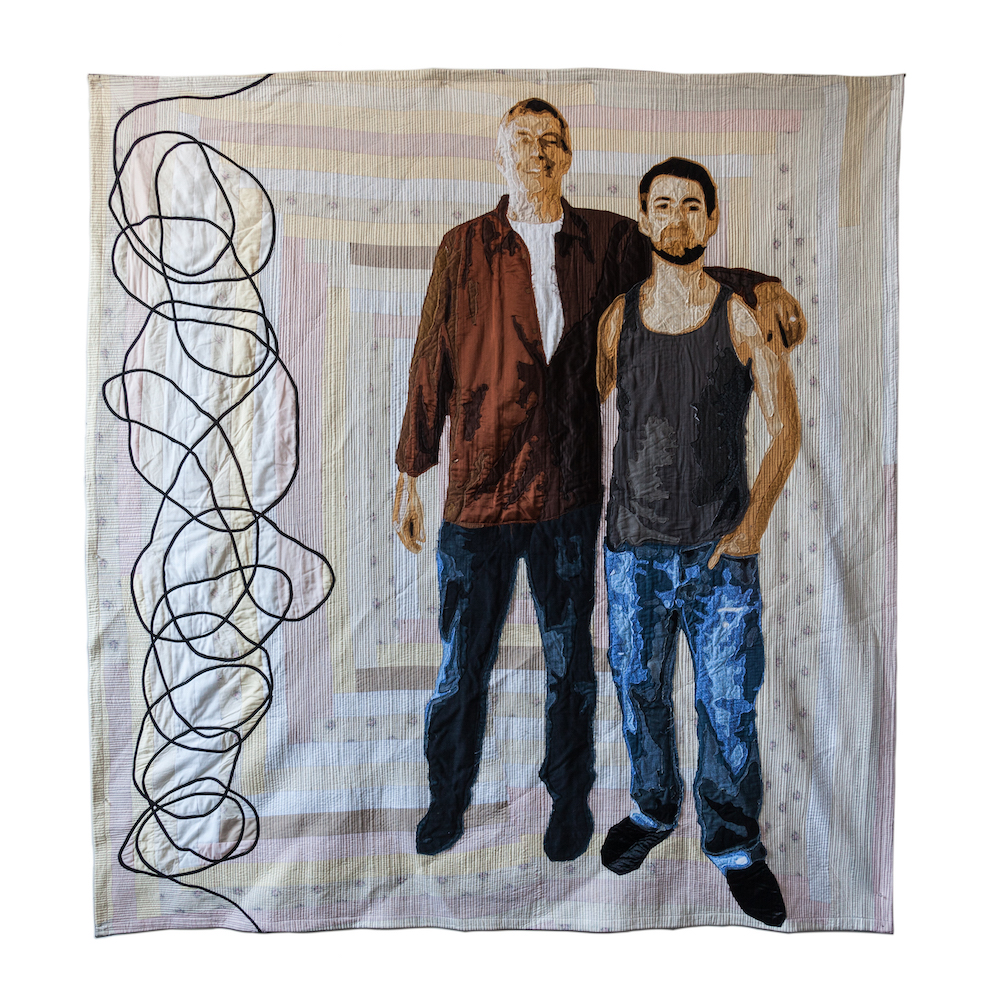
Image courtesy of Luke Haynes.
How do you deal with comparison to / envy of others? Can you describe a time when you used comparison/envy/admiration to push yourself in your own work and self-discovery?
I constantly see new art and design that I love, I try and take pieces of that to incorporate into my own practice. I make a practice of reaching out to any new artist I find and telling them I admire their work, that sometimes leads to a dialog and new associate.
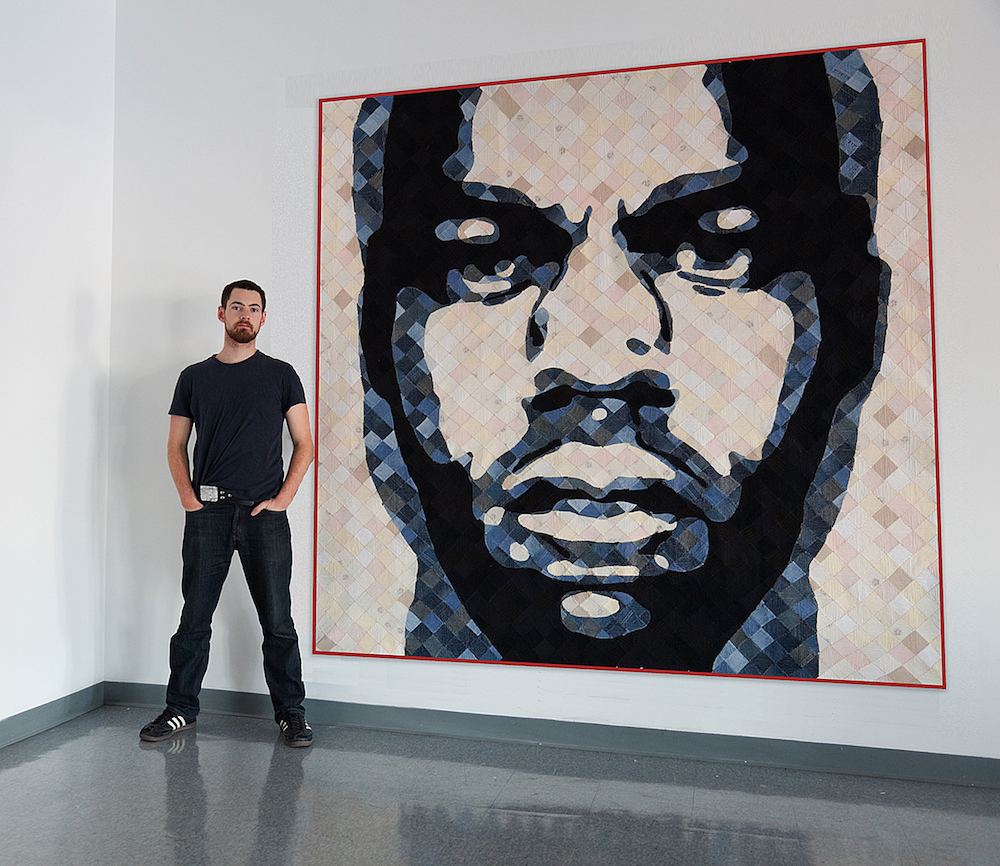
Luke with his quilt Rags to Riches. Image courtesy of Luke Haynes.
What was the most challenging thing you ever made?
I had a drawing class in college, and each week creating the pieces that the teacher requested was the most grueling and painful experience of making that I have ever experienced before or since. Drawing triggers in me a whole lot of frustration over personal skill and expectation.
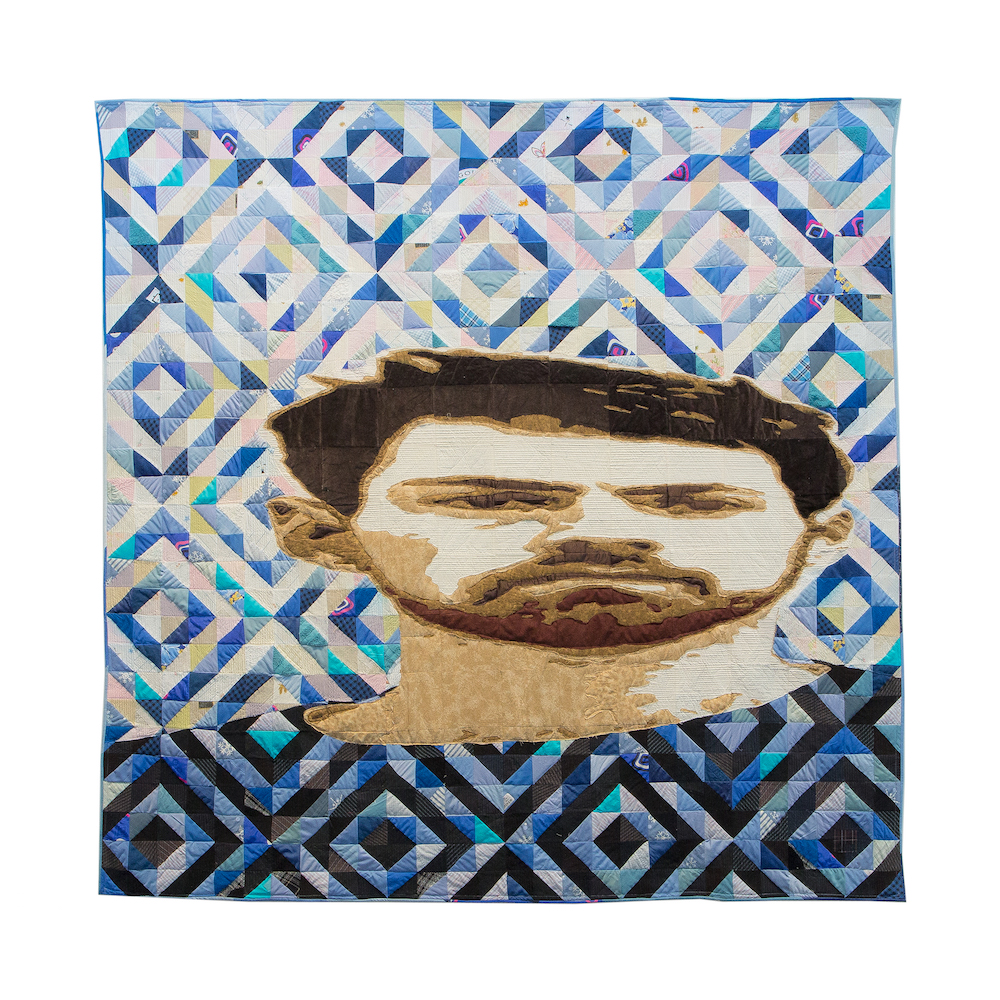
Image courtesy of Luke Haynes.
What does it mean to you to work in a traditionally domestic medium that historically has been regarded as predominately female (aka “women’s work”)?
It mostly means that I get better press than most while not being as accepted into the canon.
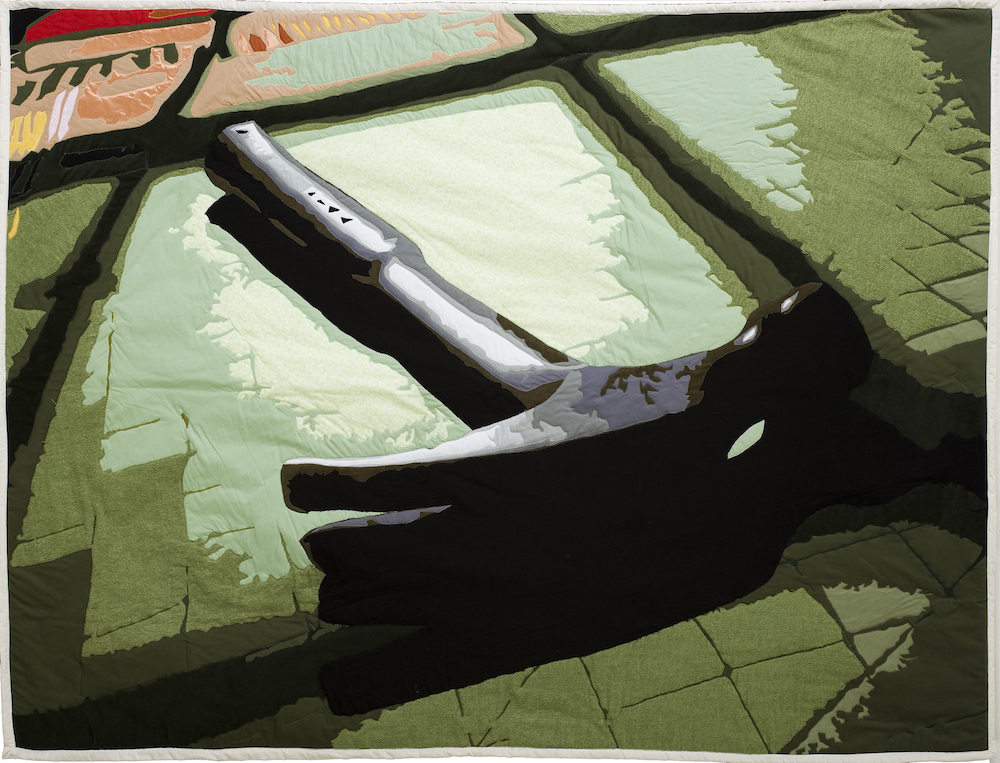
[Man Stuff #1] Hammer. Image courtesy of Luke Haynes.
How do you see your current work in the context of quilting history?
I am not sure. I am trying to push to the edges of logical progress with the medium so that we as makers inside the medium can broaden our set of tools in making work.
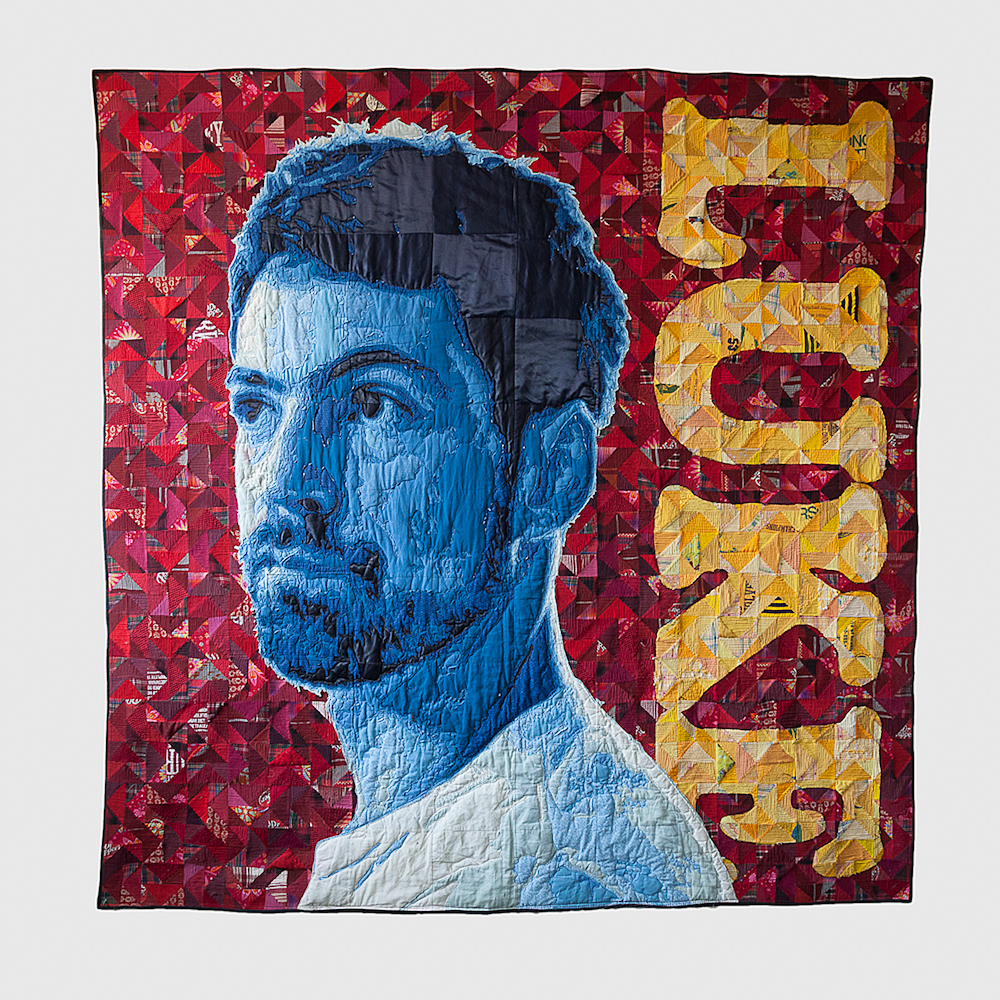
[On My Bed #5] Primary. Image courtesy of Luke Haynes.
Thank you, Luke! We are really looking forward to seeing what amazing new work you create when you get back to the studio this fall! For more about Luke, visit his website, or connect with him on Instagram, Facebook and Pinterest.
Would you like to be featured in The Creativity Project? Reach out! I’d love to hear from you! Contact me.
Want to participate, but not necessarily be featured? You can do that! Click here to take the survey!
The Creativity Project can be found on Instagram, Pinterest, Twitter or Bloglovin’. Or check back here every Friday of 2018!

